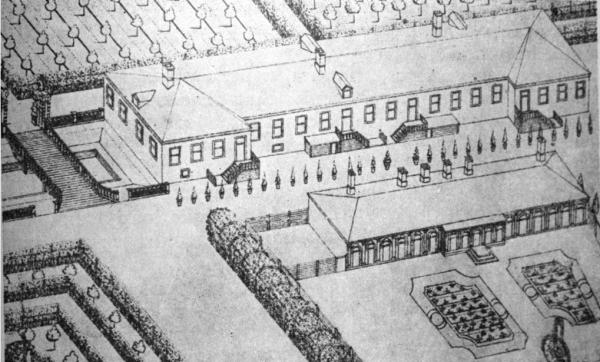On January 23, 1747, the chief garden master of St. Petersburg, Conrad Schreider, demanded that 16 bottles be made according to his design and that alcohol be purchased for thermometers, which he intended to use in the greenhouses of the First and Second Summer Gardens. From this date, the history of the use of alcohol thermometers in the greenhouse economy of Russia begins. Already in 1756, the Office of the buildings, in charge of which were the imperial gardens, sent out thermometers to garden artists with instructions to use them to measure the temperature in greenhouses. In explanation of the management of the Office of why garden givers are given thermometers it is said: “That from unnecessary fuel trees and flowers harm, and firewood unnecessary and vain descent was not happening …”. Installation of thermometers in greenhouses will result in saving of firewood and, accordingly, money for their purchase in the cold season.
From the book of BS. Makarova “Foreign garden masters in St. Petersburg: First half of the 18th century” pages 784-785.
Large and small greenhouses of the Summer Garden on the axonometric plan of P. Saint-Hilaire, 1765-1773.

Alcohol thermometer. Production before 1938.





